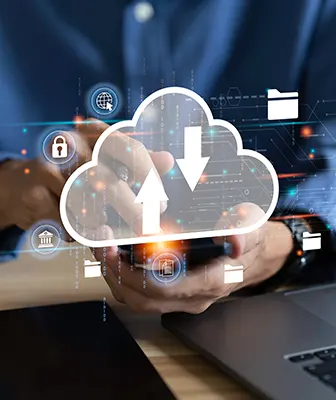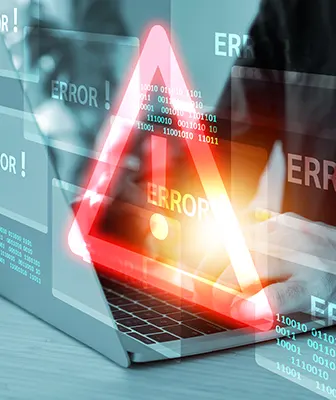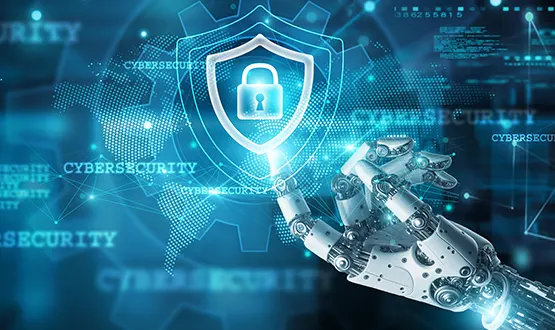Security Journal
Data protection: best practices

Towards better risk management!
Risk management
How to protect yourself and manage security risks?
Good security risk management starts with identifying the risks your company faces. The likelihood and impact of these risks must be assessed, so that preventive and mitigating measures can be put in place accordingly. Drawing up an emergency plan is more than essential if you are to act swiftly as soon as a threat arises. You will also need to monitor and reassess risks on a regular basis if you wish to reinforce the security of your data.
Data protection
Best practices to protect your data
Reinforce your data protection with good security practices. You can create strong passwords to access your files and personal spaces, encrypt your sensitive data, or even schedule regular backups.
01
Create strong, unique passwords
Strong, unique passwords reinforce the security of your accounts with special characters, upper and lower case letters and numbers.
02
Use two-factor authentication
Two-factor authentication uses two of these methods to validate access: password, code via email, SMS, invitation with links…
03
Encrypt all sensitive
data
Encryption helps protect the confidentiality of your sensitive data. It prevents risks of theft, leakage and exfiltration.
04
Back up data
regularly
To avoid losing important data in the event of problems or incidents, it’s essential to back them up regularly.
05
Raising awareness of good security practices
To prevent and better manage risks, it is essential to make all employees and collaborators aware of good security practices.
Online security
Cyber attacks: threats to watch out for

Ransomware attacks on the rise
These attacks block access to your various data. To restore them, the perpetrator demands ransom payments.

Phishing: a persistent
threat
This common scam aims to obtain personal and sensitive information through fraudulent messages.

DDoS attacks saturate networks
These attacks saturate your networks, making your services inaccessible. They come from hackers.
Cloud security
How to secure your data in the cloud

Choose a reliable Cloud service provider

Use data encryption and anti-virus software

Configure your privacy
settings

Beware of public wifi connections

Schedule updates and
backups
Security & regulations
The latest cybersecurity regulations

The CCPA: California's data protection law
The CCPA ensures that California residents’ data is protected and their rights respected. It goes beyond the application frameworks of the RGPD.

HIPAA: protecting health information
HIPAA frames the protection of a patient’s health information to prevent it from being disclosed or used for other purposes.

PCI DSS: securing credit card payments
PCI DSS focuses on requirements to enhance the security of credit card payments. It imposes high-level security standards.
RGPD compliance
RGPD: what companies need to know
Every company must comply with the RGPD. It guarantees data protection for its customers, partners and employees. In particular, it insists on the consent of data subjects, the transparency of processing, the minimization of data collected, its integrity and confidentiality. The RGPD provides a framework for the collection, processing, storage and use of data within the European Union.

Safety technologies
Essential technologies for enhanced security

Artificial intelligence and machine learning for threat detection
Next-generation
firewalls
Firewalls with high-level security systems to protect against cyberattacks.
Biometric security technologies
Biometric technologies for your security: fingerprint, facial recognition…